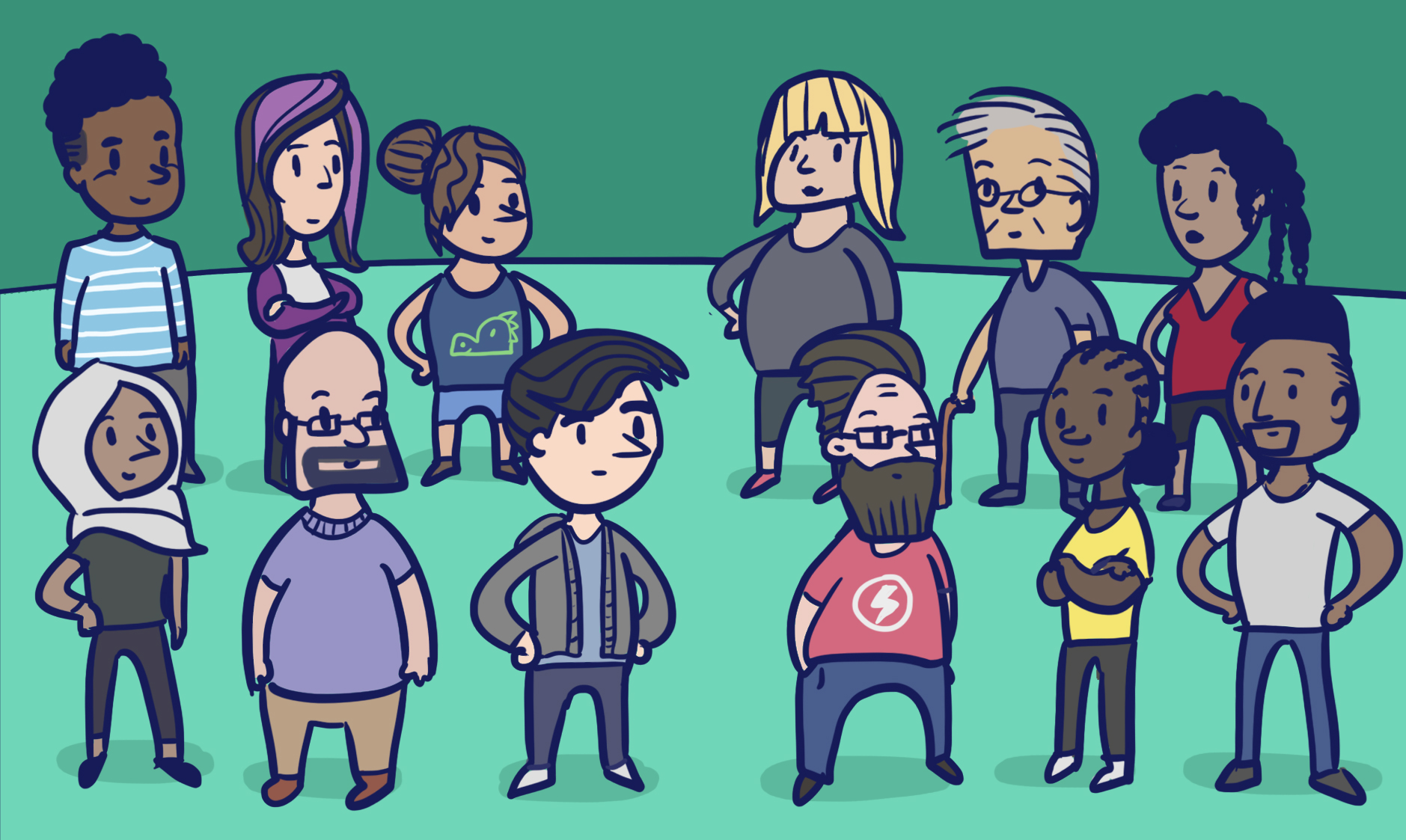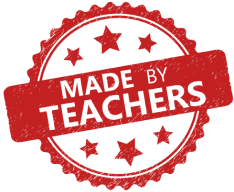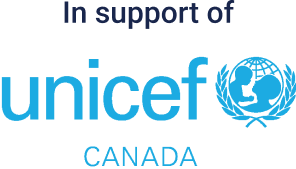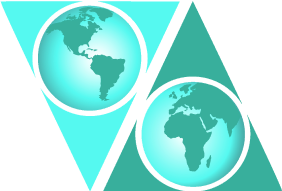Refugees Around the World (7-9)
This is the grade 7-9 (ages 12-14) version of this lesson. There are also grades 4-6 and 10+ versions on the site.

Developed nations generally have low birth rates. People today have fewer children than they did forty or fifty years ago. This means that wealthy countries rely heavily on immigration (people moving to your country) to keep the economy working well. One example of a country that depends on new arrivals is Canada.

Canada relies on immigrants to ensure our society and economy continue to grow. On average, Canadian families have 1.66 children, which is below the 2 children needed just to maintain our current population. In fact, almost 22% of Canadians are born in other countries, according to Statistics Canada (2016).
New arrivals to Canada fall into 3 categories: economic immigrants, family-class immigrants, and refugees.
- Economic immigrants often come looking for better jobs and more opportunities.
- Family-class immigrants are sponsored by family members already in Canada.
- Refugees seek safety; they know returning to their home country will put their lives at risk.
There are four screening tools used for refugee claims
- Face-to-face interviews: at least 2 sit down conversations to talk about your application
- Biometrics: using fingerprints and facial recognition to identify an applicant
- Travel histories: looking at where a person has been to help support their story
- Database cross-checks: making sure no other countries have warrants, information about, or concerning questions about this person
Hearing the lengthy process to be accepted as an immigrant or a refugee in Canada can be surprising. It may seem almost impossible for people to be approved but we know each year more than 300,000 new arrivals make Canada home. Since 1980, Canada has accepted the applications of more than 1 million refugees, many of whom have chosen to make permanent new homes here. The United Nations helps refugees seek asylum (a new country to safely live in) and keeps track of how they do when they arrive in their new countries. Their data shows us that more than half (51%) of refugees in Canada work at high-skill jobs like dentists and engineers. Although many refugees come with little to no money and may not speak English or French, within 5 years of arriving in Canada most are building successful new careers and strengthening our communities. Refugees are more likely to become entrepreneurs and start their own businesses compared to the average Canadian. They are also 11 years younger than the average Canadian.
When asked, 95% of refugees reported a strong sense of belonging in Canada! Despite the hardships and challenges that forced them to flee their home countries, refugees work hard to build better lives and new community connections. In fact, of the three groups of immigrants (economic immigrants, family-class immigrants, and refugees), refugees are the most likely to permanently stay, with 88% becoming Canadian citizens.
All lessons & quizzes are free!
This was just one of the lessons in our Refugee Experiences section. There are over 500 lessons on Kids Boost Immunity just like this one on a variety of subjects. Each lesson includes a quiz and every time a student scores 80% or higher on a quiz, we will donate life-saving vaccines to UNICEF Canada. Sign up now!





